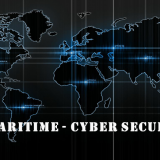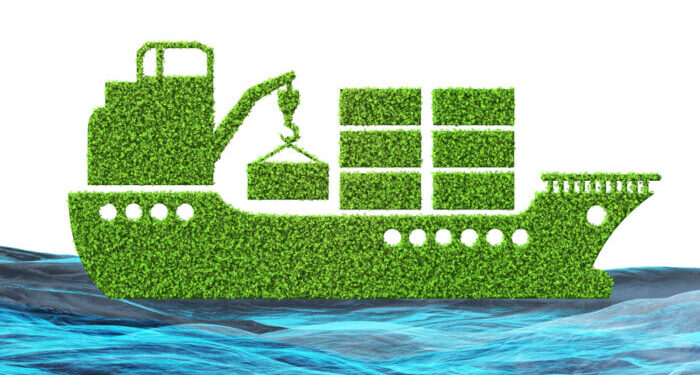These guidelines have been developed to assist flag State administrations to effectively implement their responsibilities with respect to the ship inspection and certification duties under the Maritime Labour Convention, 2006, as amended (MLC, 2006) updated to reflect 2014, 2016 and 2018 amendments.
The guidelines are intended to provide supplementary practical information and guidance to flag States that can be adapted to specifically reflect their national laws and other measures implementing the MLC, 2006.
It must be emphasized that these guidelines are intended as a practical resource that can be used by any government that finds them helpful.
In all cases, the relevant national laws or regulations or collective bargaining agreements or other measures implementing the MLC, 2006, in the flag State should be viewed as the authoritative statement of the requirements in the flag State.
The remaining sections of Chapter 1 provide general information on the structure, key concepts and terminology used in the MLC, 2006.
Chapter 2 is divided into two sections. The first section provides an overview of the flag State inspection system obligations in the MLC, 2006, and contains information with respect to actions or determinations that flag States or the competent authority in the flag State may take for ship inspection and certification. The second section provides more specific guidance on the process of maritime labour inspection and certification under the MLC, 2006.
Chapter 3 addresses the requirements of the MLC, 2006, that are to be inspected and, if required, certified, on all ships covered by the MLC, 2006. It contains guidance as to what a flag State inspector (or a recognized organization (RO) that has been delegated this task by a flag State) would check in verifying compliance. It also provides some examples of deficiencies.
Chapter 4 outlines a range of actions that can be taken if deficiencies or non-conformities are identified by flag State inspectors (or reported to the flag State by ROs acting on its behalf).
Source: kassidiaris



